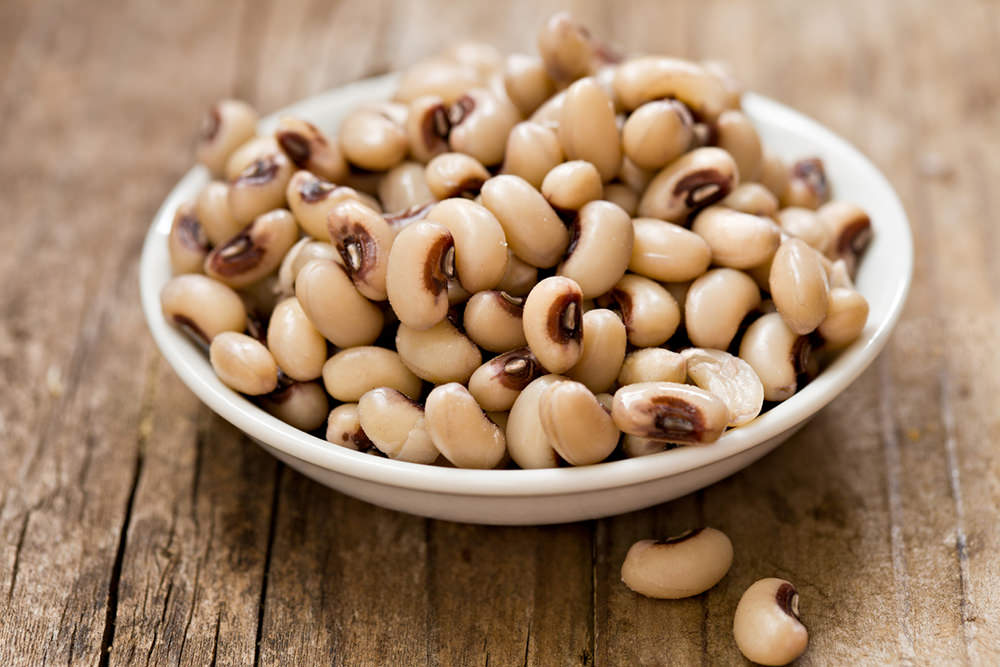
Sure, you may know all about dipping apples in honey and braiding a round challah for Rosh Hashanah, but are you aware of the rest of the special, symbolic foods, or in Hebrew simanim, that can be enjoyed to welcome a new year?
Many of the foods that might be included in a special Rosh Hashanah seder or meal are chosen because of the way the different words sound in languages like Aramaic, Hebrew, or Yiddish. Each has an accompanying blessing, or wish for the new year, that goes along with it.
Scroll down to learn more about seven new foods your family can try to welcome the new year together. You can also watch this video featuring Mayam Bialik and members of The Maccabeats.
Pomegranates

The hundreds of seeds of the pomegranate symbolize 613 mitzvot or commandments. There's a prayer that some people say before eating their pomegranates on Rosh Hashanah, "Our merits should increase like (the seeds of) a pomegranate.." If you've never had pomegranate before, try one this Rosh Hashanah - not only will you be tasting one of the simanim, you'll also be embracing the tradition of trying a new fruit to begin the new year.
Carrots

The Yiddish word “meren” is translated as both the noun “carrots” and the verb “to increase.” Carrots symbolize the hope that joy will increase in the coming year. As such, many people maintain the tradition of preparing tzimmes, a sweet carrot-based stew for Rosh Hashanah. Making tzimmes for the first time? Try this easy recipe.
Beets

In Aramaic, the word for beets is silka, which sounds similar to salak, or, "go away" in Hebrew. The original tradition of eating beets is thought to hope that one's enemies are driven away--some contemporary scholars reinterpret the tradition as a chance to remove negative influences or thoughts from one's life in the new year.
Black-eyed Peas

If you’re a fan of southern cuisine, you may already be familiar with these homey legumes. Some families eat black-eyed peas to bring good luck as they open their new year. Depending on where you’re from, you might choose to eat something made with the herb fenugreek instead. Looking for a deep dive into this tradition? Parents can check out this piece from The Forward.
A Head of Something

Rosh Hashanah literally means “head of the year.” Some families commemorate the “head of the year” with the tradition of placing a fish head on the table during Rosh Hashanah meals. If you’re not sure your kids will really go for a fish head on the table, you can use a head of cabbage or a head of roasted garlic instead. You can talk about how your family wishes for a year of moving forward, with strength and determination, rather than being at the tail end of things.
Leeks

There are different interpretations for the way that leeks or chard might be used during a Rosh Hashanah seder. Some people believe that we eat leeks to ask that anyone who wishes us harm be cut off from doing so. Others believe that eating these foods helps us cut out our own prejudices for the coming year. Introducing your kids to leeks for the first time? Try leek and corn pasta or carrot-leek soup (carrots are another food traditionally eaten at Rosh Hashanah).
Gourds

Squash, pumpkin, and other gourds are in season during the autumn months. Your family might enjoy making a pumpkin pie or a savory squash dip for your Rosh Hashanah table. In Aramaic, the word for gourd, karaa, sounds similar to the Hebrew words for “announce” or “read.” When we eat a gourd, we’re symbolically announcing our good qualities and intentions for the coming year.
Looking for more Rosh Hashanah activity ideas, videos, and book lists? Check out our High Holidays hub for everything you need to help your family enjoy a sweet new year.
L’Shanah Tovah!